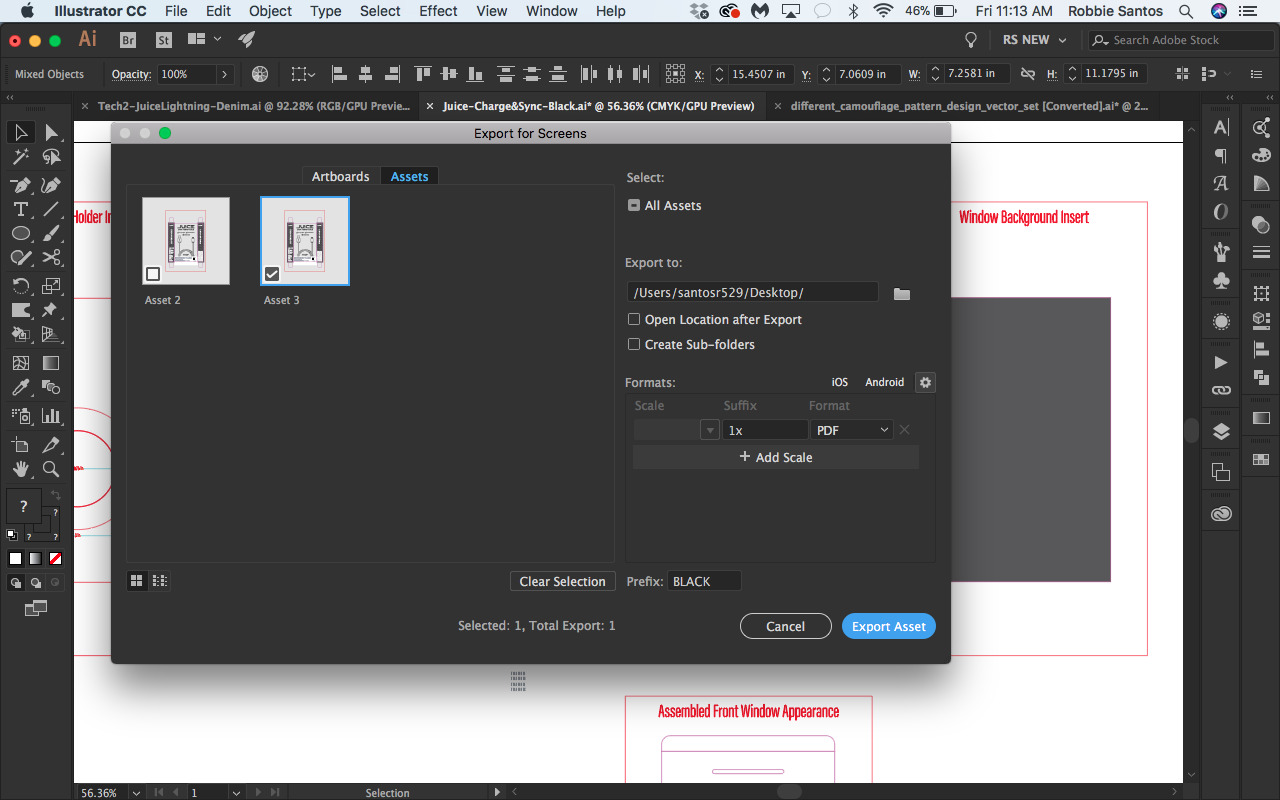

- #Illustrator export vector code how to
- #Illustrator export vector code code
- #Illustrator export vector code professional
Learn how to restrict copying and sharing →
#Illustrator export vector code professional
On the Professional and Organization plan, editors can disable the setting to allow sharing. Just note that CSS treats SVG images a bit differently than regular JPEGs and PNGs, so you may need to add a few extra properties to keep the SVGs within their container elements in your page.Anyone with can view access to a file can copy assets. That’s it! You should now have an SVG ready for placement using an tag, or as background-image in CSS.

(One change I have made is to set CSS Properties to Presentation Attributes but I’m not entirely sure yet what difference it makes.) (Changing the color fill, for instance.) Once again there are a ton of settings presented in the SVG Options dialog, but I’ve found the default settings seem to work fine.
#Illustrator export vector code code
You could try compressed, but really SVGs are pretty small anyway, and I like to keep the code editable so I can tinker with it if needed. Be sure to set the Format menu to SVG (svg). There’s no “Save for Web” option for SVG. If it does, undo, and repeat with different settings in the Flatten Transparency dialog.ĥ. So go to Object > Flatten Transparency… Review the settings here to ensure you’re happy with them (sorry, I don’t have a lot of guidance here), and click OK Your image should not look different. I found it’s easy to forget this I don’t find it intuitive that this would get lost in the SVG conversion. But if you do, you may find that parts of the design are missing in the resulting SVG. A lot of the time you can skip this step. IMPORTANT! If there are transparency effects within the object, you need to flatten it now. With the entire object selected, go to Object > Artboards > Fit to Selected Art and you’ll get a perfect container.Ĥ. If you don’t do this, you’ll end up with a bunch of blank space within the defined dimensions of the image and it will be impossible to work with. (The “artboard” if you’re familiar with Illustrator speak.) Keep the object selected (blue outline). You just want to make sure everything fits within the boundaries of the document. Since we’re dealing with vector art, scale is irrelevant. There should be a ton of space around it. It should appear centered in the document. Once the blank document appears, paste in the copied object. Once it’s selected, copy it to your clipboard.Ģ. This can be tedious, but be sure you’ve got what you need - and only what you need - highlighted. You can also click and drag to select all objects within an area, or use the Layers palette to select the elements. Make careful note of the blue outlines to be sure everything you want is selected (and maybe even more importantly, that nothing else you don’t want is). Most of the time designers will have grouped the pieces of the object together, so just a single click on the object will select it. Select the object you want to make into an SVG. Over the past week I have pulled a number of vector assets out of Illustrator designs as SVGs for a couple of projects, and I’m starting to get the process down. I know just enough to go into an Illustrator file, pull out the assets I need, and try not to screw anything else up in the process. The thing is, while I have been using Photoshop extensively for over 20 years, I’ve never really gotten the hang of Illustrator. Now, however, SVG is a viable - in fact, preferable, given its flexibility and smaller file size (plus the ability to hack the XML code right in the image files themselves) - alternative to multiple PNGs of every image. But until now I had still been pulling vector assets over into Photoshop and producing multiple carefully-sized versions of things like logos and custom icons. It’s great to get these assets as vectors that I can scale and size as I need in my build-out of high-res, responsive websites. In recent years, especially since Responsive Web Design (and high-resolution displays) took off, I’ve been receiving web designs more and more in Illustrator format, rather than Photoshop. With Internet Explorer 8 end of life coming on January 12, all kinds of new possibilities are opening up to us web developers who can finally start making use of technologies that have had wide support in modern browsers for years, but that we were reluctant to embrace because of the need for IE8-friendly workarounds.įor me, one of those things is SVG images.


 0 kommentar(er)
0 kommentar(er)
